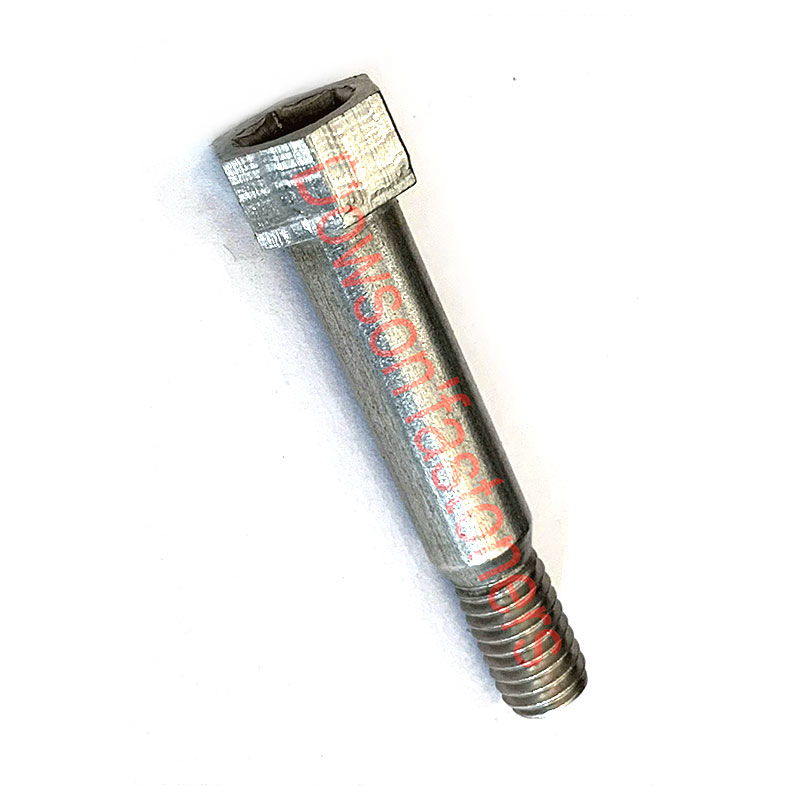Countersunk Bolts: Blending Aesthetics with Functionality in Fastening Solutions
2023-12-26
Introduction:
In the world of fasteners, one type stands out for its sleek design and versatile applications – the countersunk or flat head bolt. Characterized by its conical head that seamlessly blends with the material it secures, this bolt offers both aesthetic appeal and practical functionality. In this blog, we will explore the features of countersunk bolts and shed light on the various scenarios in which they are employed.
Understanding Countersunk Bolts:
Countersunk bolts, also known as flat head bolts, are designed with a head that tapers to a flat surface. The head is typically cone-shaped, allowing it to sit flush or "countersink" into the material when properly installed. This design not only enhances the aesthetics of the fastened joint but also reduces the risk of snagging or catching on surrounding surfaces.
Key Features of Countersunk Bolts:
1. Flat Head Design:
The defining feature of countersunk bolts is their flat or tapered head. This design allows the head to sit flush with the surface of the material when installed, creating a smooth and streamlined appearance.
2. Various Head Angle Options:
Countersunk bolts are available with different head angles, commonly 82, 90, or 100 degrees. The choice of angle depends on factors such as the thickness of the material and the desired aesthetic outcome.
3. Head Drive Types:
Countersunk bolts can feature various drive types for tightening, including slotted, Phillips, or hex. The selection of the drive type depends on the application requirements and the preferred tool for installation.
4. Material Varieties:
Countersunk bolts are manufactured in various materials, including stainless steel, carbon steel, and alloy steel. The material choice is determined by factors such as environmental conditions, load requirements, and corrosion resistance.
Applications of Countersunk Bolts:
1. Woodworking Projects:
Countersunk bolts are commonly employed in woodworking projects, where a flush and smooth surface is desired. They provide a secure and aesthetically pleasing solution for joining wooden components.
2. Furniture Assembly:
Countersunk bolts find widespread use in the assembly of furniture, where a sleek and finished appearance is essential. The flush head minimizes protrusions, reducing the risk of injury and enhancing the overall look of the furniture.
3. Metal Fabrication:
In metal fabrication, countersunk bolts are utilized to join metal components seamlessly. The flat head ensures that the fasteners do not interfere with the function or appearance of the fabricated structure.
4. Automotive Applications:
Countersunk bolts are employed in automotive manufacturing and repair. They are used in various components, including interior panels, trim, and other parts where a smooth and flush finish is desired.
5. Construction and Architecture:
In construction and architectural projects, countersunk bolts contribute to the overall aesthetics of structures. They are often used in applications where a streamlined appearance is necessary, such as securing decorative elements or architectural features.
6. Marine and Outdoor Structures:
Countersunk bolts made from corrosion-resistant materials, such as stainless steel, are commonly used in marine and outdoor structures. Their flat heads reduce the risk of corrosion and provide a visually appealing finish.
Conclusion:
Countersunk or flat head bolts offer a harmonious blend of form and function in the realm of fastening solutions. Their sleek design not only enhances the aesthetic appeal of various projects but also provides a secure and efficient means of joining materials. From woodworking and furniture assembly to automotive applications and aerospace projects, countersunk bolts continue to play a key role in creating seamless and visually pleasing connections. As industries evolve, the enduring versatility and elegance of countersunk bolts ensure their continued prominence in the world of fasteners.



